Centering Relationships at Anastasis Academy
Key Points
-
Anastasis Academy in Colorado utilizes an innovative intake process that ensures that educators really know every child.
-
Anastasis Academy’s spiraling, student-centered curriculum results in both high levels of student agency and mastery of essential learning outcomes.
-
Learning spaces at Anastasis Academy reinforce the personalized and collaborative learning that occurs there.
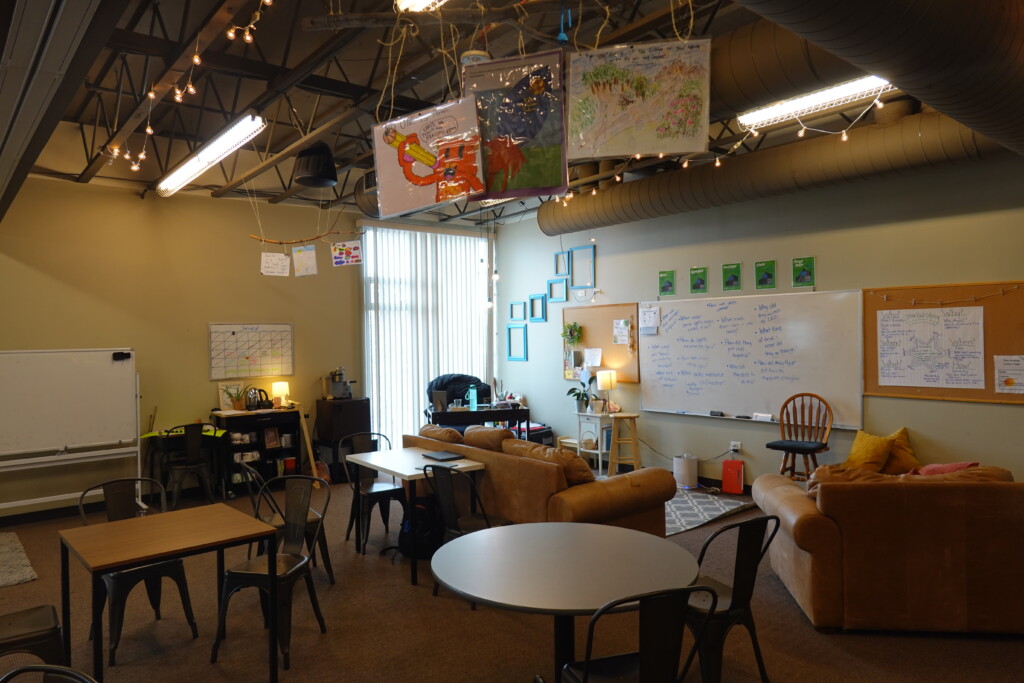
By: Scott McLeod
Although a number of innovative elementary and middle schools are leaning into deeper learning, they often are overshadowed by conversations about internships, alternative credentialing, capstone experiences, and other new pathways at the high school level. As a Senior Fellow for Getting Smart this year, I am visiting and sharing about K-8 schools that are helping to prepare students for these new secondary pathways.
One of my favorite nearby schools is Anastasis Academy, an independent microschool serving grades K-8 in Centennial, Colorado. Kelly Tenkely founded Anastasis twelve years ago. Inspired by Pandora’s Music Genome Project, she initiated the Learning Genome Project at Anastasis with the belief that learning could be better personalized for children.
Anastasis’ primary strength is its relationship-centered approach. While the smaller size of the school clearly helps, the core of this work is an intake process that ensures that educators really know every child. At the beginning of the year, teachers have individual conversations with each student and family using custom-designed card decks and protocols to uncover students’ thinking and learning interests. For example, a student might be asked to respond to a series of prompts such as I like to work alone or I like bright lights and respond with a Like me, Sometimes like me, or Not like me card. Similarly, students might be given prompts such as I like to fidget, I like to plan, or I like when things are written down. Teachers take extensive notes and ask follow-up questions to solidify their understanding of each child.
Parents and guardians of prospective students also engage in conversations with Anastasis staff to unpack their own experiences and beliefs about learning and schooling. For instance, they might be asked to reflect and respond to a series of prompts such as In my school experience, learning was separated into different subject areas or The purpose of learning in my school experience was to complete and turn in work. These intake processes are critically important for ensuring a good pedagogical fit between students, families and the school.
Armed with deep knowledge of students’ interests and learning orientations, Anastasis deploys a spiraling, inquiry-driven, student-centered curriculum. Learning threads occur along a continuum from kindergarten through eighth grade and draw from the Common Core, Next Generation Science Standards, and other robust learning frameworks. For instance, at Anastasis an example Measurement competency in Level B is Relationship of metric and power of 10, while example Measurement competencies in Level E include Surface area of cylinders and the Pythagorean theorem. Similarly, a Level B writing competency is Organizes ideas in nonfiction while Level D competencies are Writes paragraphs and Varies sentences. All learning is mastery-based, and students regularly reflect on their acquisition of desired competencies at different developmental levels such as Novice, Apprentice, Practitioner, Scholar, and Change Maker.
Throughout the school year, students’ preferences, passions, and predispositions help shape both their learning experiences and the physical spaces in which that learning occurs. Creative lighting, furniture, and room designs come together in different ways to create a variety of opportunities for children to learn, reflect, and collaborate. At any given moment, students at Anastasis might be listening to an audiobook in a cozy corner, working individually or in pairs at small tables on a passion project, or sitting on couches in a larger group while planning the next phase of their community-based service learning initiative.
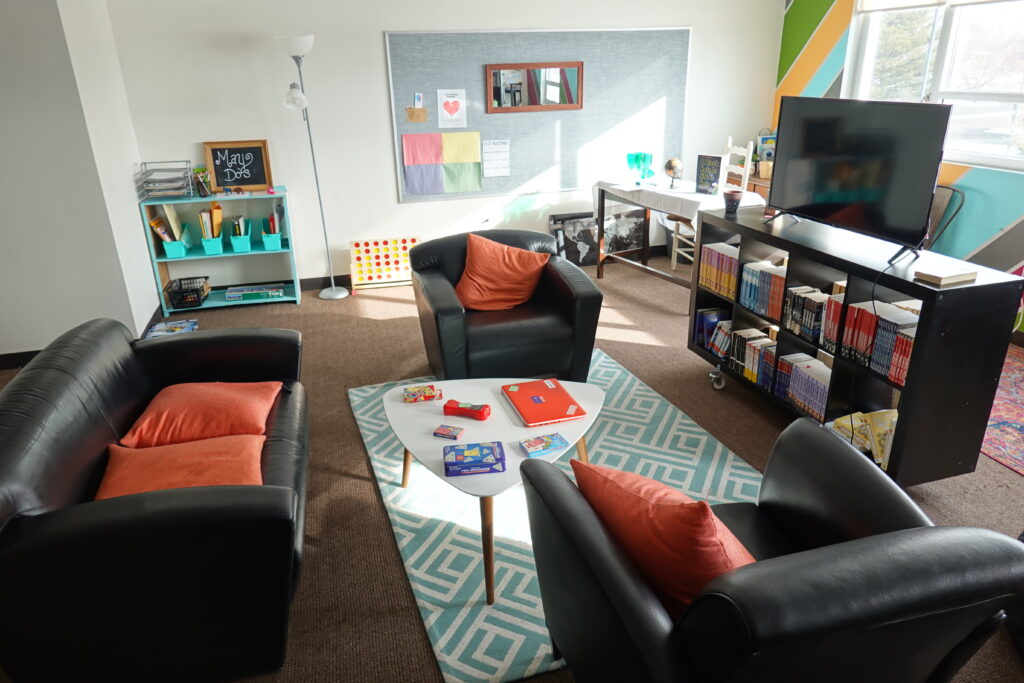
Learning at Anastasis is almost invariably an active, hands-on collaboration between teachers and the students in their classroom. The curriculum is organized into cross-cutting, vertically-articulated, thematic blocks such as Who We Are, Where We Are in Place and Time, How the World Works, or Sharing the Planet. Within those broad themes, there is room for extensive creativity as teachers and students work together to accomplish and personalize mastery of essential learning standards.
Although it’s an independent school, Anastasis is not flush with resources. Anastasis intentionally pegs its tuition to the per student expenditure of the local school district, in an attempt to show that much of what it does could be replicated in a more traditional public school system if so desired. Yet despite those resource constraints, students at Anastasis go on weekly expeditions into the local community, occasionally go on larger expeditions out of state, and have access to on-site resources such as a school garden. In addition to hosting an annual conference for educators called 5Sigma, Anastasis also has worked with several other schools to help them adopt some of its practices, in locales as diverse as North Dakota, Texas, and Rwanda. If you’re interested in deeper, relationship-centered learning, Anastasis is well worth a visit.
This post is part of our New Pathways campaign sponsored by ASA, Stand Together, and the Walton Family Foundation.
Scott McLeod, J.D., Ph.D., is a Professor of Educational Leadership at the University of Colorado Denver. He is also a Senior Fellow at Getting Smart, investigating innovative elementary and middle schools that help prepare students for new pathways in high school.

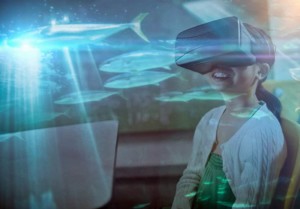
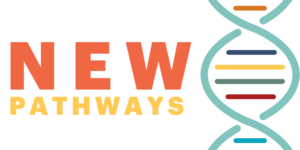
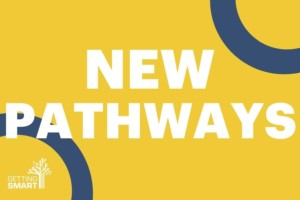
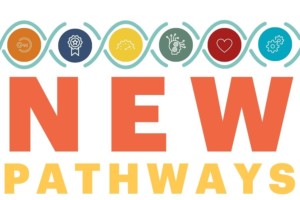
0 Comments
Leave a Comment
Your email address will not be published. All fields are required.